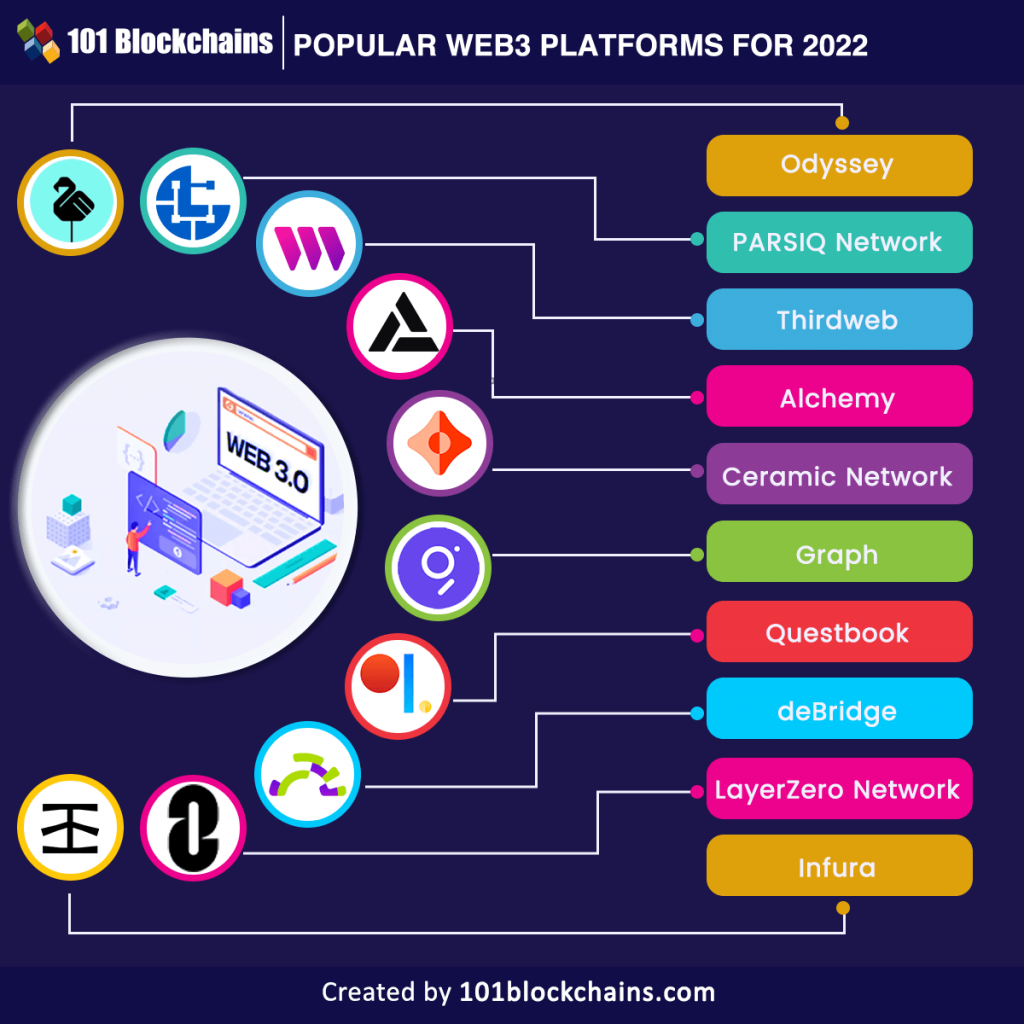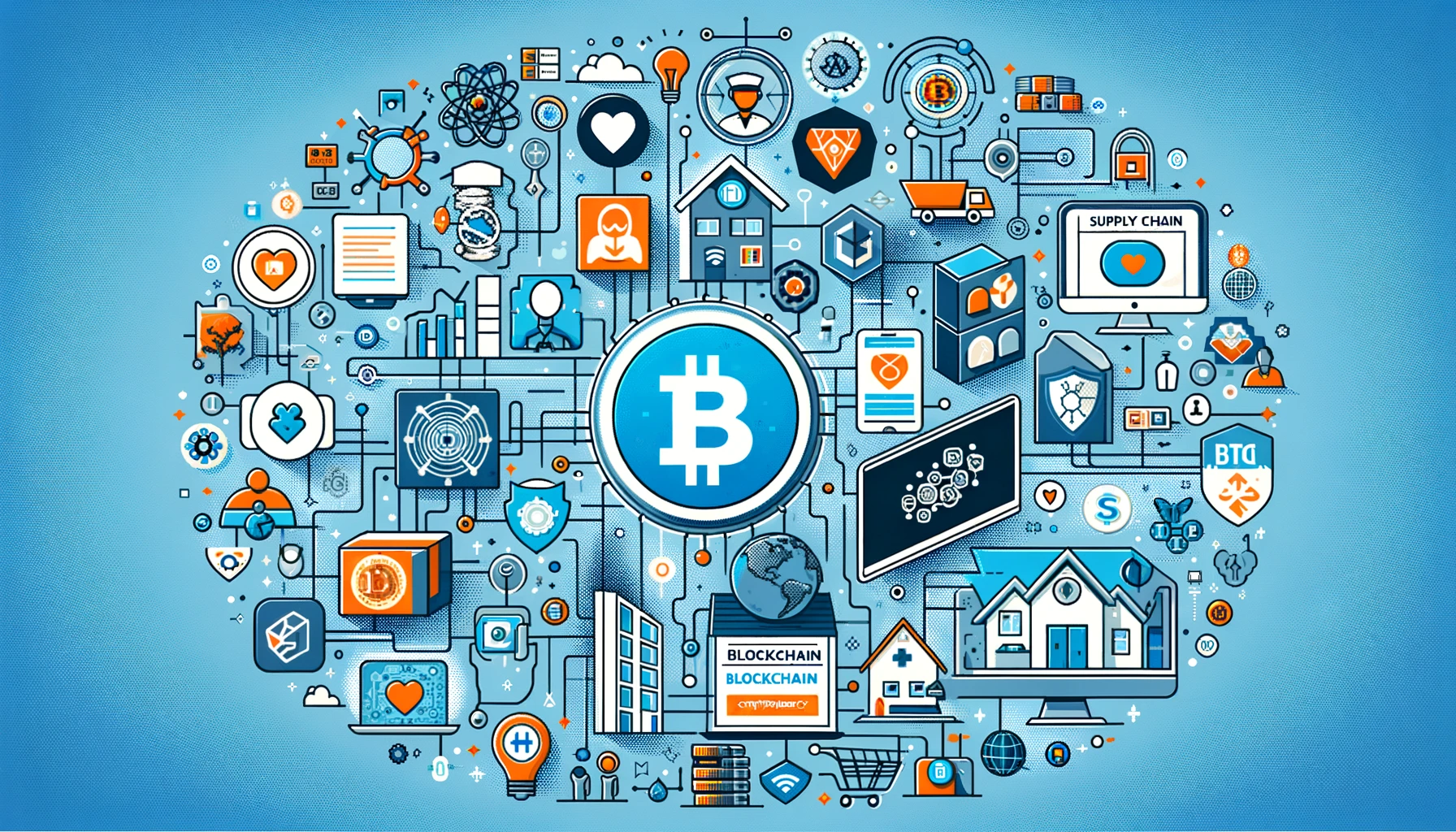
Unlocking Tomorrow: A Beginner’s Guide to AI Trends & The Future of Artificial Intelligence
Artificial Intelligence (AI) is no longer just a concept from science fiction; it’s a rapidly evolving force shaping our world in profound ways. From the apps on your phone to the way businesses operate, AI is everywhere, and its influence is only set to grow. But what exactly are the biggest AI trends happening right now, and what does the future of AI look like for all of us?
If you’re new to the world of AI, this comprehensive guide is designed for you. We’ll break down complex ideas into easy-to-understand language, exploring the current landscape of artificial intelligence, peering into its exciting (and sometimes challenging) future, and discussing its potential impact on our daily lives.
Understanding Artificial Intelligence: A Quick Primer
Before diving into trends, let’s quickly define AI. At its core, Artificial Intelligence refers to the development of computer systems that can perform tasks traditionally requiring human intelligence. These tasks include:
- Learning: Acquiring information and rules for using the information.
- Reasoning: Using rules to reach approximate or definite conclusions.
- Problem-solving: Finding solutions to complex challenges.
- Perception: Interpreting sensory input (like images or sounds).
- Language Understanding: Comprehending and generating human language.
Modern AI often leverages powerful techniques like Machine Learning (ML), where systems learn from data without explicit programming, and Deep Learning (DL), a subset of ML inspired by the structure of the human brain.
Current AI Trends: What’s Happening Now?
The field of AI is incredibly dynamic, with new breakthroughs and applications emerging constantly. Here are some of the most significant current AI trends that are already impacting our world:
The Rise of Generative AI: AI That Creates
One of the most talked-about and transformative trends is Generative AI. Unlike traditional AI that analyzes existing data, generative AI can create entirely new content – text, images, audio, and even video – that is often indistinguishable from human-created work.
- Large Language Models (LLMs): Tools like OpenAI’s ChatGPT, Google’s Bard, and Microsoft’s Copilot have brought the power of AI-generated text to the masses. They can:
- Write articles, emails, and creative stories.
- Summarize complex documents.
- Translate languages.
- Answer questions and engage in conversations.
- Even write computer code.
- AI Art and Image Generators: Platforms like Midjourney, DALL-E, and Stable Diffusion allow users to create stunning visuals from simple text descriptions. This is revolutionizing industries from graphic design to advertising.
- AI for Audio and Video: AI is now capable of generating realistic voices, composing music, and even creating video footage, opening up new possibilities for content creation and entertainment.
AI in Everyday Life: Beyond the Hype
While generative AI captures headlines, many other forms of AI are quietly working behind the scenes, making our daily lives easier and more efficient.
- Personalized Recommendations: Ever wondered how Netflix knows exactly what show you’ll like, or how Amazon suggests products you might need? That’s AI at work, analyzing your past behavior and preferences.
- Voice Assistants: Siri, Alexa, and Google Assistant are powered by sophisticated AI that understands natural language and executes commands, from setting alarms to playing music.
- Smart Homes and IoT (Internet of Things): AI is integrating with smart devices in our homes, optimizing energy consumption, enhancing security, and creating more convenient living spaces.
- Healthcare Applications: AI is revolutionizing healthcare by:
- Assisting in disease diagnosis (e.g., analyzing medical images for signs of cancer).
- Accelerating drug discovery.
- Personalizing treatment plans for patients.
- Managing patient data more efficiently.
- Autonomous Systems: While fully self-driving cars are still in development, AI is already crucial in assisted driving features, drones, and robotic systems in warehouses and factories.
AI-Powered Automation and Efficiency
Businesses across all sectors are leveraging AI to automate repetitive tasks, optimize operations, and gain deeper insights from their data.
- Robotic Process Automation (RPA): AI-powered software robots are handling mundane, rule-based tasks like data entry, invoice processing, and customer support, freeing up human employees for more complex work.
- Predictive Analytics: AI can analyze vast datasets to forecast future trends, helping businesses make smarter decisions about inventory, sales, and marketing strategies.
- Enhanced Cybersecurity: AI systems are becoming increasingly vital in detecting and responding to cyber threats, identifying unusual patterns that might indicate a breach.
- Customer Service: Chatbots and virtual assistants powered by AI are providing instant support, answering frequently asked questions, and guiding customers through various processes.
Peering into the Future: What’s Next for AI?
The current advancements are just the tip of the iceberg. The future of AI promises even more transformative changes. Here’s a look at what we can anticipate:
The Quest for Artificial General Intelligence (AGI)
Currently, most AI systems are "narrow AI" or "weak AI," meaning they are designed to perform specific tasks. Artificial General Intelligence (AGI), often referred to as "strong AI," is the long-term goal of creating AI that can understand, learn, and apply intelligence across a wide range of tasks, just like a human being.
- What it means: An AGI would not just be good at one thing (like playing chess or translating language); it would be capable of abstract thought, problem-solving in novel situations, creativity, and self-improvement.
- Timeline: While significant progress is being made, AGI is still considered years, if not decades, away. It represents a monumental challenge in AI research.
- Implications: The emergence of AGI would have profound societal implications, potentially leading to unprecedented technological advancements and philosophical debates.
Hyper-Personalization and Predictive AI
Imagine a world where technology truly understands your individual needs and anticipates them.
- Proactive Healthcare: AI could monitor your health continuously, predict potential health issues before they become serious, and recommend personalized preventative measures.
- Tailored Education: Learning experiences could be custom-designed for each student, adapting to their learning style, pace, and interests, potentially revolutionizing education.
- AI Companions: More sophisticated AI could serve as personal assistants, therapists, or even companions, offering tailored support and interaction.
Human-AI Collaboration: A New Partnership
Instead of AI replacing humans, the future will likely see a deeper level of human-AI collaboration, where AI augments human capabilities.
- AI as a "Co-pilot": In professions like medicine, law, design, and even software development, AI will act as an intelligent assistant, providing data, insights, and suggestions, allowing humans to focus on higher-level strategic thinking and creativity.
- Enhanced Creativity: AI tools will continue to empower artists, writers, and musicians to explore new forms of expression and overcome creative blocks.
- Complex Problem Solving: Teams of humans and AI will work together to tackle grand challenges like climate change, disease, and sustainable energy, leveraging AI’s analytical power and human intuition.
AI and the Physical World: Robotics and Beyond
The integration of AI with robotics and other physical systems will continue to advance.
- More Sophisticated Robots: Expect to see robots that are more agile, capable of learning new tasks quickly, and interacting more naturally with their environment and with humans, moving beyond industrial settings into homes and public spaces.
- AI in Materials Science: AI can accelerate the discovery of new materials with unprecedented properties, leading to breakthroughs in energy storage, manufacturing, and environmental solutions.
- AI for Sustainable Development: AI will play a critical role in optimizing resource management, developing smart grids, and creating more sustainable cities.
Navigating the AI Landscape: Challenges and Opportunities
The immense potential of AI also comes with significant challenges that need to be addressed thoughtfully and responsibly.
Ethical AI and Responsible Development
As AI becomes more powerful, ensuring its ethical development and deployment is paramount.
- Bias and Fairness: AI systems learn from the data they are trained on. If this data contains biases (e.g., against certain demographics), the AI can perpetuate or even amplify those biases, leading to unfair outcomes in areas like hiring, lending, or criminal justice.
- Privacy Concerns: AI systems often require vast amounts of data, raising questions about data privacy, security, and how personal information is collected, stored, and used.
- Accountability and Transparency: When an AI makes a decision, especially one with significant impact, who is accountable? Understanding how AI systems arrive at their conclusions (the "black box" problem) is crucial for trust and oversight.
- Misinformation and Deepfakes: Generative AI can create highly realistic but fake content (deepfakes), posing serious risks for misinformation, fraud, and reputational damage.
Regulation and Governance
Governments and international bodies are grappling with how to regulate AI to harness its benefits while mitigating its risks.
- Establishing Standards: There’s a growing need for clear guidelines and standards for AI development, deployment, and auditing to ensure safety, fairness, and transparency.
- International Cooperation: Since AI operates across borders, global collaboration is essential to develop consistent policies and address universal challenges.
- Balancing Innovation and Safety: The challenge lies in creating regulations that protect society without stifling innovation and progress in the AI field.
The Skills Gap and Lifelong Learning
The rapid evolution of AI will undoubtedly impact the job market, creating both challenges and opportunities.
- Job Displacement: Some routine, repetitive jobs may be automated by AI.
- New Job Creation: AI will also create entirely new roles and industries that require different skills, such as AI trainers, prompt engineers, ethical AI specialists, and AI system managers.
- Reskilling and Upskilling: Continuous learning will be crucial. Individuals and workforces will need to adapt by acquiring new skills related to AI literacy, critical thinking, creativity, and human-AI collaboration.
The Impact of AI on Society and Daily Life
The cumulative effect of these trends and future developments will reshape nearly every aspect of our lives.
- Workforce Transformation: Workplaces will become more collaborative, with AI handling data-intensive and repetitive tasks, allowing humans to focus on creativity, strategy, and interpersonal skills.
- Education Revolution: Learning will become more personalized, accessible, and lifelong, with AI tutors and adaptive learning platforms.
- Healthcare Advancements: Expect earlier disease detection, more personalized treatments, and increased efficiency in healthcare delivery.
- Creative Industries Flourish: AI tools will democratize creativity, enabling more people to produce high-quality content, while also challenging our notions of authorship and originality.
- Personal Well-being: From mental health support to smart home assistance, AI will increasingly contribute to our personal convenience and quality of life.
Conclusion: Embracing the AI Future Responsibly
The AI trends we’re witnessing today are just the beginning of a truly transformative era. The future of artificial intelligence holds immense promise for solving some of humanity’s most pressing problems, from curing diseases to combating climate change.
However, realizing this potential requires a collective commitment to responsible development, ethical considerations, and continuous adaptation. As AI becomes more integrated into our lives, understanding its capabilities, its limitations, and its implications will be essential for everyone, not just technologists.
By staying informed, engaging in discussions, and embracing lifelong learning, we can help shape an AI future that is beneficial, equitable, and truly serves humanity. The journey ahead is exciting, challenging, and full of unprecedented opportunities.



Post Comment